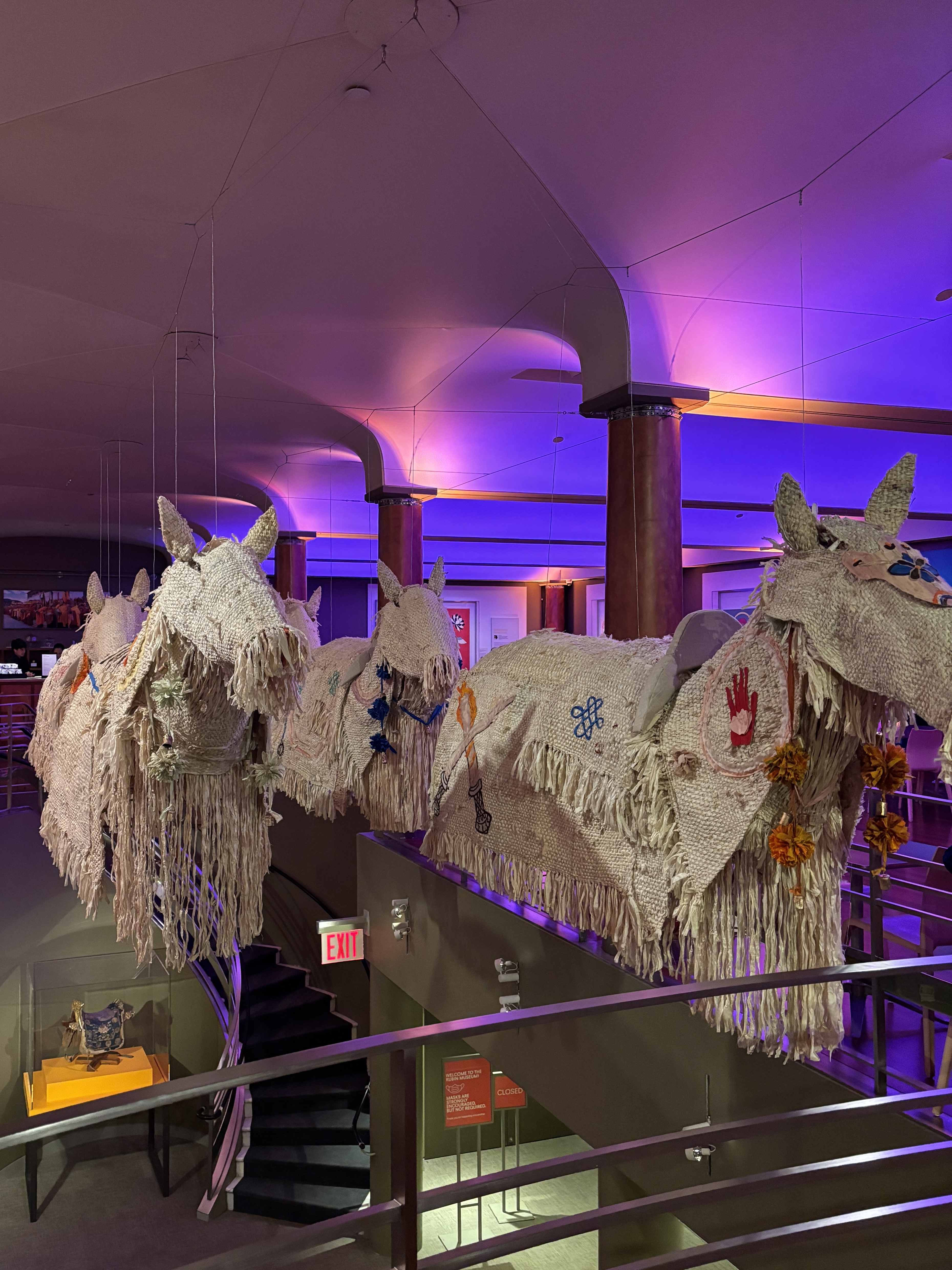Nestled in the heart of Chelsea, Manhattan, the Rubin Museum of Art stands as a testament to the rich cultural heritage of the Himalayan region. Founded in 2004 by Shelley and Donald Rubin, this public not-for-profit cultural institution is dedicated to collecting, preserving, displaying, and interpreting Himalayan art.
Farewell to the Rubin Museum: An immersive Journey Through Himalayan Art
The museum’s collection, rooted in the Rubins' acquisitions primarily from New York galleries and auction houses starting in the 1970s, spans 1,500 years and nearly 4,000 artifacts from Himalayan Asia, a region that stretches from India to China, with Tibet at its center.


The Museum occupies a 70,000-square-foot space on West 17th Street, once the women's wear wing of Barneys New York. The building's iconic six-story steel-and-marble spiral staircase now guides visitors through thoughtfully curated galleries, showcasing the museum's unique exhibitions.
One of the museum's standout features is the Mandala Lab, an immersive and interactive experience designed to foster a deeper understanding of our emotions. It draws from Tibetan Buddhist teachings and modern neuroscience to offer a range of sensorial activities and artist installations. Visitors can engage in synchronized breathing with a pulsating light sculpture, experience videos paired with specific scents, feel the vibrations of gongs resonating through water, and more. This innovative space encourages introspection and a greater awareness of oneself and others.


As the Rubin Museum sadly prepares to close its physical doors on October 6, 2024, it invites visitors to experience one last exhibition: “Reimagine: Himalayan Art Now”.
This show features works by over 30 contemporary artists, many from the Himalayan region and its diaspora, alongside those inspired by Himalayan cultures. The exhibition spans various media, including painting, sculpture, sound, video, installation, and performance, addressing themes such as identity, spirituality, belonging, grief, memory, and cultural reclamation. The exhibit integrates contemporary perspectives with the museum's historical collection, underscoring the Rubin's commitment to being a museum of the present while ensuring the legacy of Himalayan culture endures.
Don’t miss the opportunity to explore the Rubin Museum before this chapter comes to a close!





